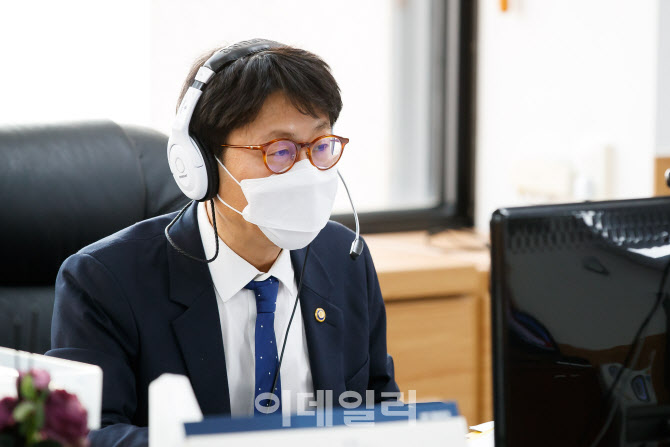On the 24th, the Ministry of Health and Welfare and the Financial Services Commission announced that due to the strengthening of health insurance coverage, the effect of reducing the payment of real loss insurance was 2.42%.
It is higher than last year’s reflected profit (0.60%), but it still has no significant effect.
Since 2017, the government has expanded the coverage of health insurance every year. Examples are the provision of ultrasound of the lower abdomen, urinary system, and male genitalia, provision of two- and three-person rooms at hospital-level medical institutions, provision of cerebrovascular and head and neck MRI, reduction of the outpatient co-payment rate under the age of one, and provision of multiple sleep tests.
This result is a complete link between the information on incumbent insurance subscribers and health insurance claim data and reflects the latest medical use. However, KDI, which conducted the study, said, “We tried to reflect the expansion of the use of additional non-payment medical services and the balloon effect, but it was only confirmed as an individual case, so it was difficult to quantify, so we could not reflect it as a number.” “There is a difference depending on the proportion of insurance payments in total payments.”
Applying the moving average of 34.67% of the proportion of medical expenses paid by the salary to the total medical expenses, the reduction rate of the total insurance payment was 0.83%.
Looking at the results, even if the coverage area is expanded through Moon Jae-incare, the loss ratio of real-life insurance cannot be achieved without countermeasures in the non-income area. According to the insurance industry, the risk loss rate for real-life insurance in the first half was 131.7%. It means that if you receive an insurance premium of 100 won, you will pay 130 won of insurance.
On this day, the Ministry of Health and Welfare reported a plan to establish a’Comprehensive Measures for Reinforcing Non-Payment Management’, which contained measures for non-payment management. First, in order to identify and analyze the exact status of non-payment, it was decided to systematize the classification of non-payment, and to establish a management system such as evaluation mechanisms after determining non-payment.
It is also planning to expand the provision of information related to non-payment, such as a prior explanation system. From January next year, the number of medical institutions that disclose non-indemnity treatment costs will be expanded from hospital level to clinic level, and the number of disclosure items will increase from 564 to 615 by adding non-invasive prenatal examinations and tartar removal.
In particular, non-payment has a positive effect in terms of creating new medical technology and guaranteeing the right of choice for medical consumers, and plans to prepare a parallel treatment management plan that is carried out with pay.
Comprehensive measures to strengthen accurate non-payment management will be announced during this month.
In addition, the Ministry of Health and Welfare and the Financial Services Commission are planning to speed up the revision of the supervisory regulations and standard terms and conditions of the 4th generation indemnity insurance, which will begin next July. The fourth-generation real-life insurance policy is based on the principle of’people who receive more pay more, and those who receive less pay less’, and introduces a discount and premium system for real-life insurance based on non-payment medical treatment. Along with this, it is raising the self-pay rate to improve the equity of insurance premiums.
The Ministry of Health and Welfare and the Financial Services Commission plan to partially revise the Insurance Business Act and Health Insurance Act and enact a joint enforcement decree to establish a legal basis for linking construction insurance. With the goal of passing the National Assembly next year, it has decided to start a legislative notice in December.
However, as the effect of Moon Jae-in Care is insignificant, an increase in real-life insurance premiums is expected to be inevitable. The Financial Services Commission recently requested an insurance company to freeze the old real loss insurance by 15-17% and the standardized real loss insurance by 10-12%. The industry initially insisted on an average increase of about 20%.
Gang-tae, the second vice minister of the Ministry of Welfare and Welfare, said, “We will pursue non-payment management measures by collecting various opinions from various fields such as patients, medical care, and insurance industry.” We will actively cooperate with the above.”
Gyu-sang Doh, Vice Chairman of the Financial Services Commission, said, “Mutual cooperation and systematic role sharing through strengthening links between public and private insurance are more important than ever.” In addition, he added, “As the bill for computerization of indemnity insurance claims was first discussed at the National Assembly, we plan to communicate with the medical community and consumer organizations to alleviate concerns from the medical community and improve understanding of the billing computerization bill.”
|

